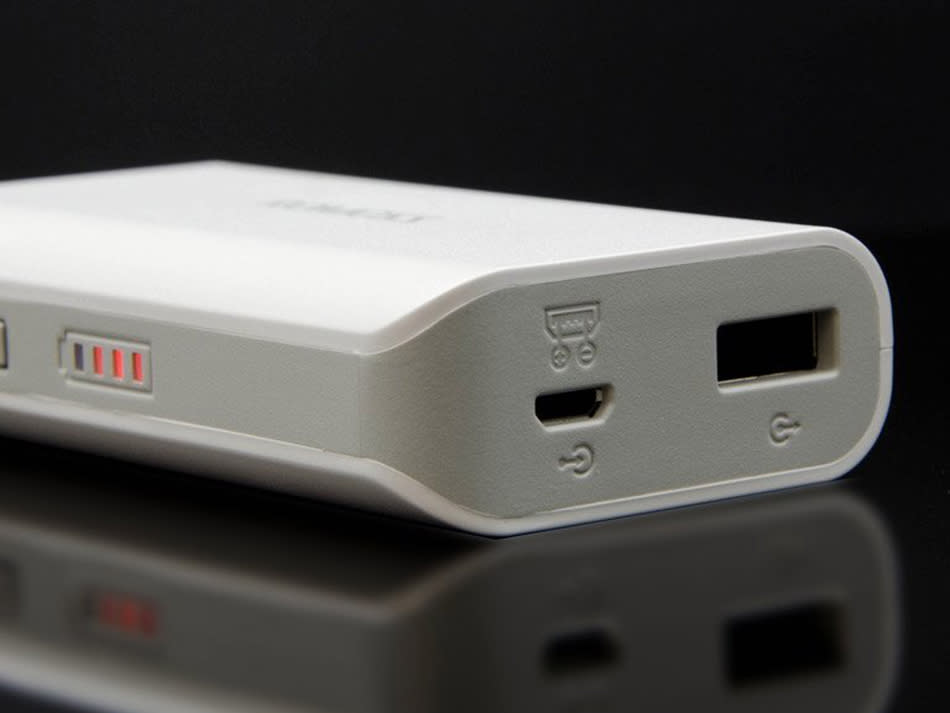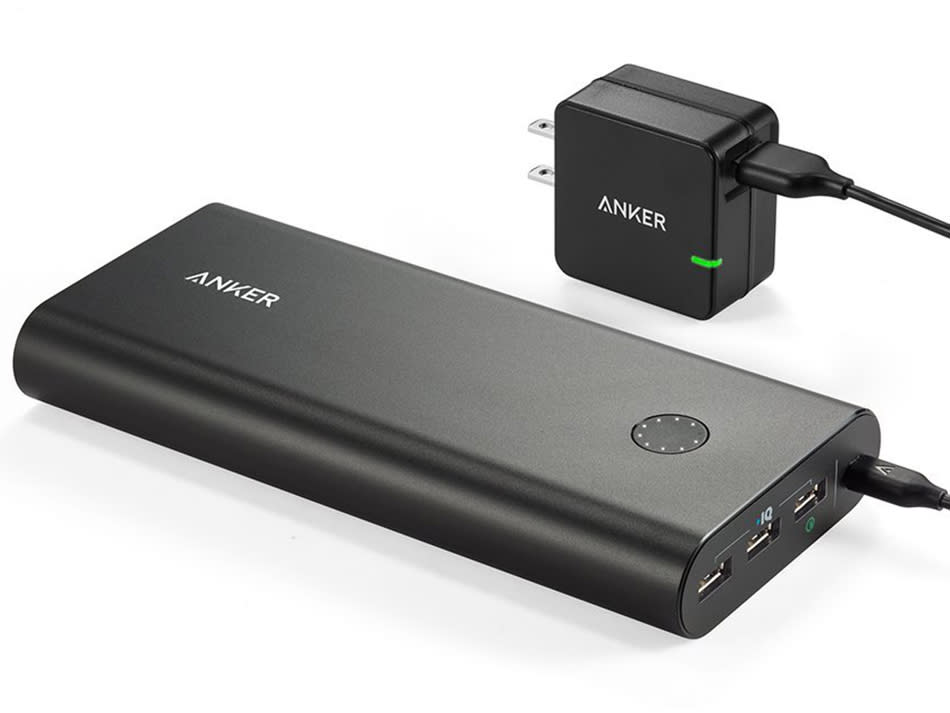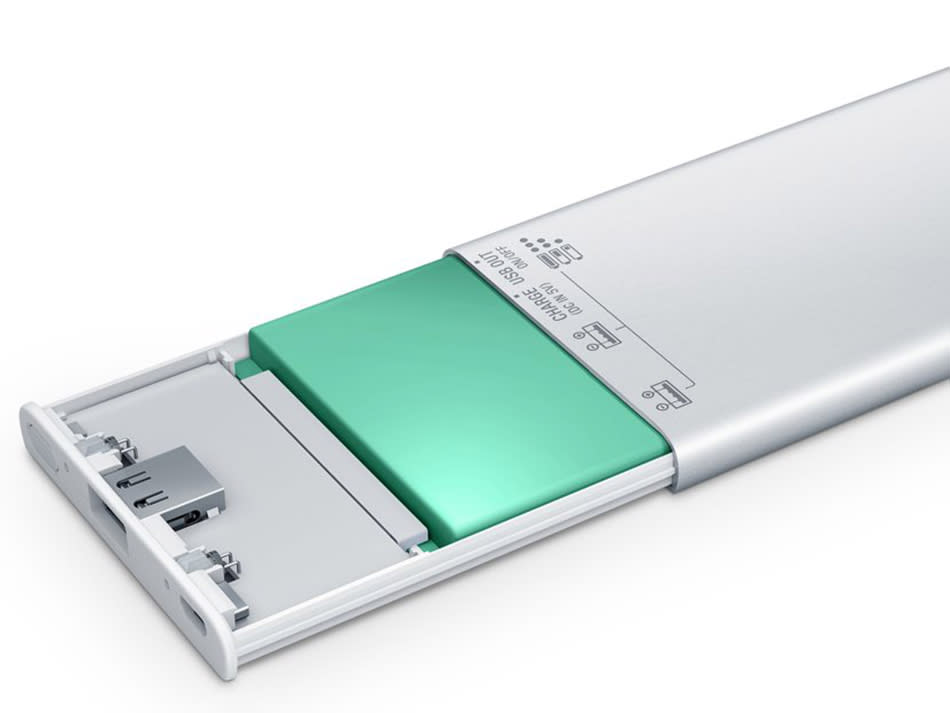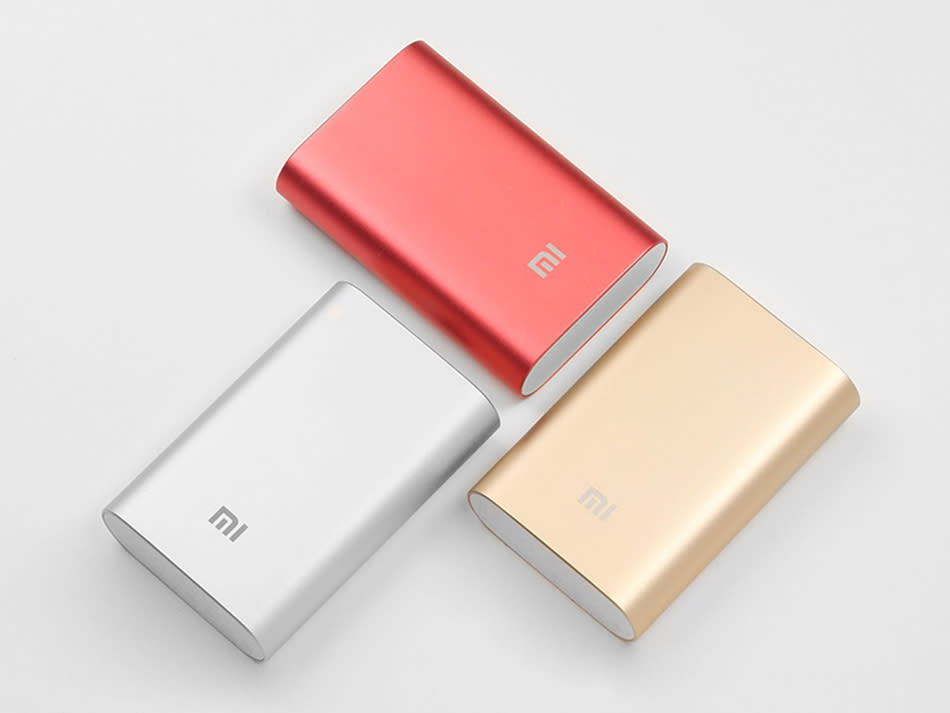5 tips on buying the correct power bank for your mobile device (2016 edition!)
5 tips on buying the correct power bank for your mobile device (2016 edition!)
Note: This article was first published on 3rd January 2016.
Because there's more to a power bank than its capacity
I’ve said this before, and I’ll say it again: while our smartphones and tablets are getting more advanced each passing day, battery tech has remained stagnant for years.
To mitigate this, device and platform makers have taken turns to come up with ways to prolong battery life, be it at the OS level (e.g., Android 6.0‘s Doze mode, iOS’ coalesced updates) or at the hardware level (e.g., Qualcomm Snapdragon 820’s ability to offload tasks from CPU to DSP). To shorten charging wait times, we also have things like Qualcomm’s Quick Charge and Oppo’s VOOC.
Still, battery life is never enough. The improvement gained from OS and SoC-level optimizations are inevitably negated as we do more on our devices. Which is why many of us who need more battery life in our super-thin smartphones turn to add-ons like power banks and battery cases.
In this article, I’m going to walk you through some considerations when buying a power bank. Some areas, like determining capacity, apply to battery cases, too. Between a power bank and a battery case, my advice is pretty straightforward: the former is great if you don’t want to bulk up your device all the time and you don’t mind carrying a small brick with you; the latter is better if you’re looking for an integrated protective case plus extra battery solution.
So here goes.
1.) Know your device’s battery capacity first
“How big a power bank do I need?” is probably the most common question I got. To answer that, you first need to know your device’s battery capacity.
Take the iPhone 6S, for example; it has a 1,715mAh battery. In a perfect world, a 1,715mAh power bank will be able to recharge the 6S fully, but we don’t live in a perfect world. Due to voltage boosting/current conversion during the charging process, some energy is lost. In my experience, real-world conversion rate of power banks can vary widely, anywhere between 60 and 75%.
So my personal rule of thumb is to get a power bank with at least 25% more capacity than my device’s battery. In the 6S’ case, at least 2,200mAh to ensure a full recharge.

2.) Factor in usage patterns when deciding capacity and number of ports
To follow up on the first point, I’m not saying that a small power bank or battery case is useless. It really depends on your goal.
For example, if you always end the day with 15% left on your 6S and that’s too close for comfort, Apple’s new Smart Battery Case may be all you need. Even if it can’t charge the 6S from empty to 100%, you’ll end the day comfortably with, say, 50% left.
Of course, getting a high-capacity power bank has its advantages. For one, it enables you to charge your device multiple times over. If you always forget to charge your device overnight or are always on the road and a power outlet is hard to come by, then it makes sense to get a bigger power bank. Also, bigger power banks tend to come with more than one output port, so that you can charge more than one device at the same time.
3.) Take note of these charging specs
Most people buy power banks based on capacity alone. For me, the battery within is only half the story, the other half depends on other features and smarts the maker has built into the power bank.
Here are three I pay attention to:
i) Power bank’s output power
Most smartphone-oriented power banks output a 1A current (over 5V), which is fine if your device only accepts up to 1A. But many devices, like the newer iPhones and Android devices that support fast charging (be it based on Qualcomm’s Quick Charge or some other proprietary implementations), are able to accept different current and voltage levels.
Hence, it’s good to know how fast your device can charge, and get a power bank that supports it. For iPhones and iPads, I suggest power banks that have 2.4A outputs; for Android devices, at least 1.5A. In the past, most power banks had hardwired ports, with labels like ‘Apple’ and ‘Android’. Today, more and more power banks have smart ports to intelligently detect the amount of power needed, so they can provide the fastest possible charge automatically, regardless of what device goes into which port.
If your device supports Qualcomm’s Quick Charge tech, your fastest charge will come from a port that supports the respective Quick Charge standard. The ability to work with higher currents and more voltage levels dynamically is basically Quick Charge’s secret sauce. Power banks that support Qualcomm’s fast charging tech will be quick to point it out on their packaging.

ii) Power bank’s input power
This refers to the power the power bank is able to accept when you’re recharging it. The higher the input, the faster it’ll recharge. This is more important if you’ve a high-capacity power bank. Imagine a 20,000mAh power bank with a 0.5A/5V input, it’ll take two full days to recharge! If I’m buying a big power bank, I’ll make sure the input port supports at least 2A over 5V.
Some premium power banks also support Qualcomm’s Quick Charge at its input port. This allows the power bank to recharge at an even faster rate, assuming a Quick Charge-compatible USB charger is used, too. Using a 20,000mAh power bank as an example, if it supports recharging at 2A but now over 9V due to Quick Charge, it’ll take just under seven hours to completely recharge.

iii) Power adapter
Most power bank makers don’t throw in a USB charger, because you’re expected to use the one that came with your mobile device. For the most part, that’s fine, as most smartphone and tablet USB chargers today are capable of 2A at 5V.
The problem here is not all USB chargers are the same, and many people make the mistake of using very old USB chargers to charge up their power banks. If your power bank takes forever to recharge, what you can do is check if your USB wall charger is providing sufficient power. Charging a power bank through a computer’s USB port is also not advised, unless you’re geeky enough to know and ensure that it’s providing sufficient power.

4.) Lithium-ion or lithium polymer?
I've had readers asking if they should buy power banks with lithium-ion batteries or lithium polymer ones. The short answer: It doesn't matter.
While there are charging/discharging characteristic differences between both types, for day to day use, they are for the most part indistinguishable to end users. If anything, you may notice some power banks are much flatter than others. In such cases, they're most likely using lithium polymer (or rather, lithium-ion polymer) batteries, because the softer packaging allows for more flexibility in shape and size. Chunky power banks with rounded sides usually use 18650-type lithium-ion cells with a cylindrical casing.
And while some may argue that thin, lithium polymer batteries in a softer case are more dangerous than lithium-ion batteries encased in a harder shell, manufacturers do have enough means to reduce safety risks and hazards, be it through improving the electrolyte used (for lithium polymer), or through better safety mechanisms and power bank case designs.
Put another way, it's not so much what type of battery is used, but who makes it.

5.) Consider paying more for quality and safety
Since batteries can explode, some power bank makers will tell you (usually on the packaging) where they source their batteries from, as an attempt to prove that their products are safe. Such disclosures are definitely welcomed, but again, the battery is only one of the many components in a power bank. The design of the circuit board, the quality of chips used, and how the safety mechanisms are implemented also play a role when it comes to safety.
Unfortunately, while there are hundreds of power bank makers out there, only a handful are that forthcoming. If you aren’t the technical type, the simplest way is to just buy from name brands or reputable vendors with proven track records. For those feeling adventurous, if there’s an unfamiliar brand you wish to try, at least do some research on the Internet or in the forums to see if there’s any feedback from other users. In the past, I’ve seen issues like improper charging sneaking past the testing stage, only to be discovered when the product was sold to users.
Lastly, when something sounds too good to be true, it usually is. Yes, there are decent and cheap power banks out there (e.g., those from Xiaomi), but for such power banks, some advanced features have to be omitted to keep the price down. If you chanced upon a S$20 power bank that claims to have a 20,000mAh battery, have two smart 2.4A ports and one Quick Charge 2.0 port, and is as thin as a pencil, let me know - I’ll be more than happy to unmask this fake unicorn.




